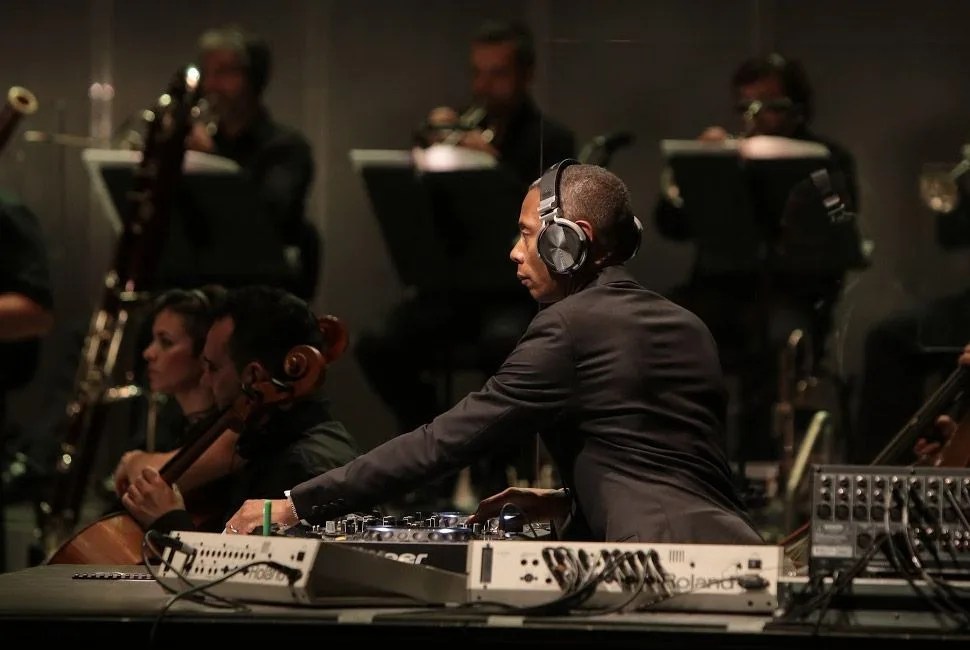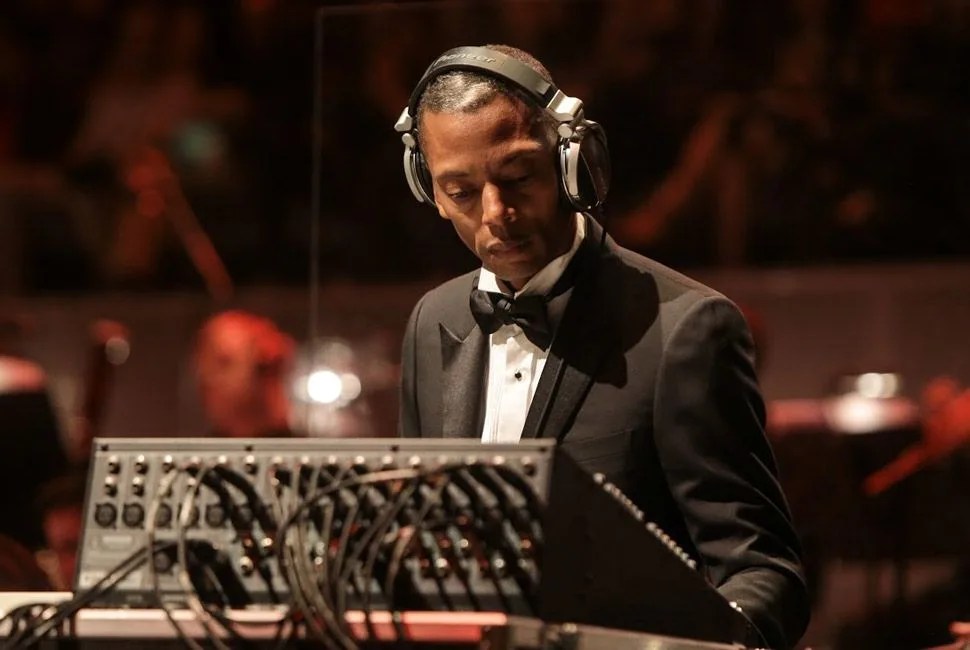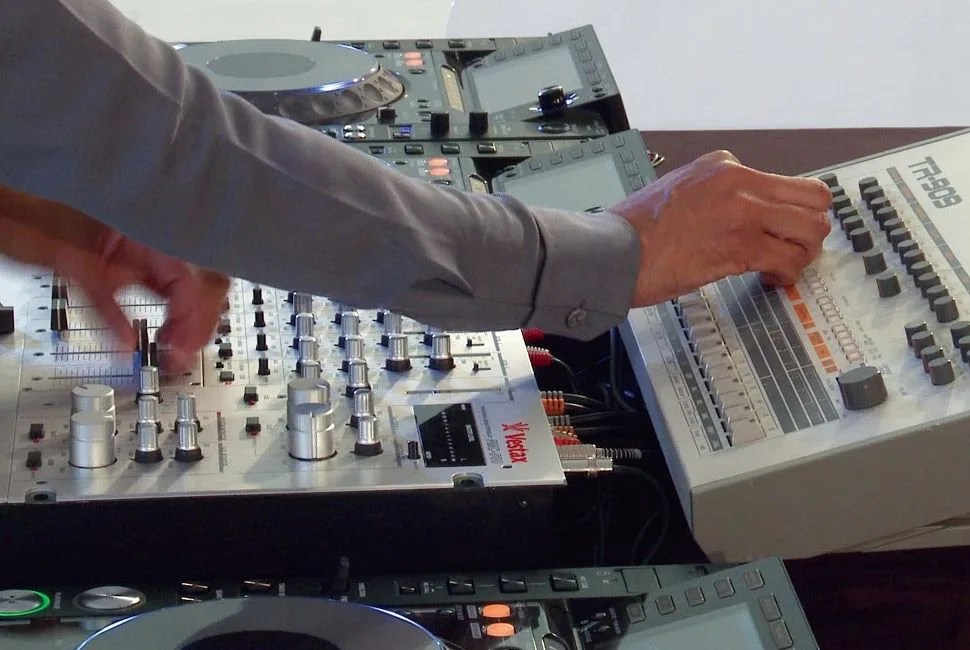Some of the biggest names in techno music (Juan Atkins, AUX 88 and Richie Hawtin) hail from Detroit, but within that circle, Jeff Mills is an outlier. He was a part of the scene from the early days in the mid-1980s, but over his career he has refused to be pigeon-holed by the genre’s mores, and over an impressive output of 33 studio albums and 75 EPs, he has continually redefined the breadth and scope of electronic music.
I caught up with Mills by phone — he was in Miami relaxing for a few days between international tour dates — and we discussed musical and cultural trends along with the inspiration fueling his creative output. He is soft-spoken and eloquent, a demeanor that complements, or perhaps balances out his relentless, stripped-down music.
When Mills performs, he is concentration distilled; there is no wasted motion or unnecessary showmanship. His efficiency of movement mirrors the precision of his tracks, nothing is out of place. He has best-in-class beat-matching skills, but he refuses to be defined as just a technical DJ. Mills has scored music for the 1920s silent films of Fritz Lang, he has re-scored Sergei Eisenstein‘s “October,” he has performed with orchestras and he has participated in a four-month residency at the Louvre in which he performed live techno music to silent experimental films. He speaks of a time in the future where electronic musicians will be regarded with the same reverence as classical composers, jazz legends or rock-and-roll heroes. That time may come sooner than he expects.

Q A developmental arc in almost every genre of music — from renaissance and baroque to jazz and rock — is a move from dance music to art music. In the past 25 to 30 years, this has happened in electronic music too. How have you evolved musically as the genre has grown?
A I think what you’re talking about is something that’s kind of inevitable. Dancing and physically moving to the music, yes, I will admit, is something that younger people find to be easier to manage. But I think with all genres, not just electronic music, there comes a point where those young people then reach a certain age where it becomes less doable — life somehow just comes into the equation. You still love music and you still want to listen to it but you’re wishing to have different circumstances in which to enjoy it. There’s that, and then there’s also the presentation of the music — rock is probably a really good example — where it needs to become more interesting for the people that are experiencing it. And sometimes, like in rock and what’s happening in electronic music, it becomes more extreme, more outrageous, more fantastic, more of a spectacle, because you have artists who want to express themselves in the brightest way, or the loudest, or the most impressive way, and so dancing to it becomes less of a concern and more emphasis gets put on the impact of the presentation.
“It becomes more extreme, more outrageous, more fantastic, more of a spectacle, because you have artists who want to express themselves in the brightest way, or the loudest, or the most impressive way.”


